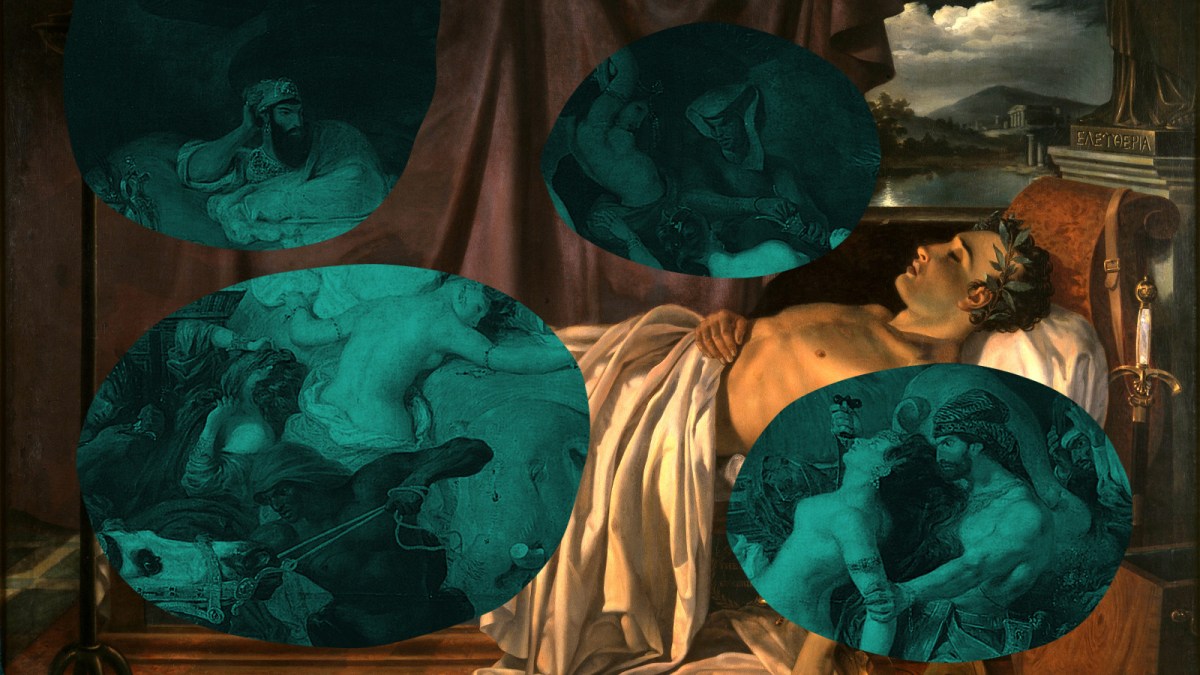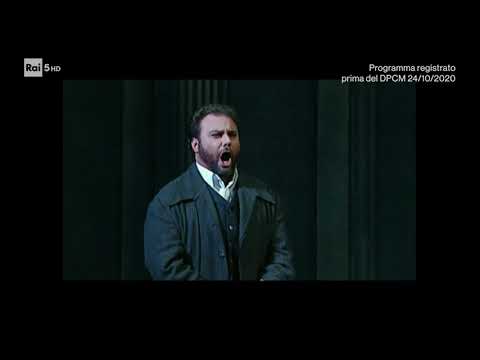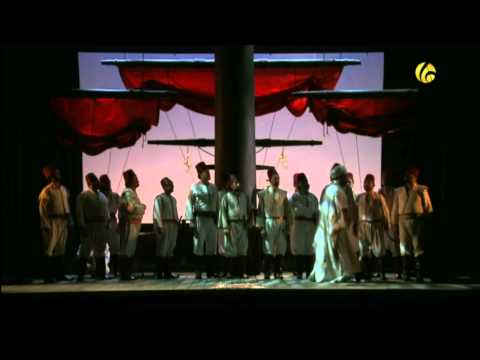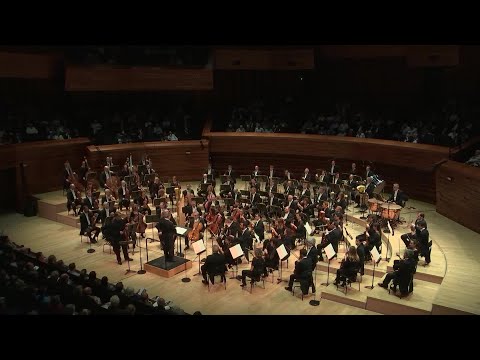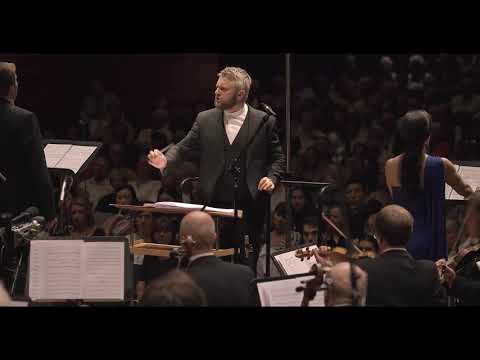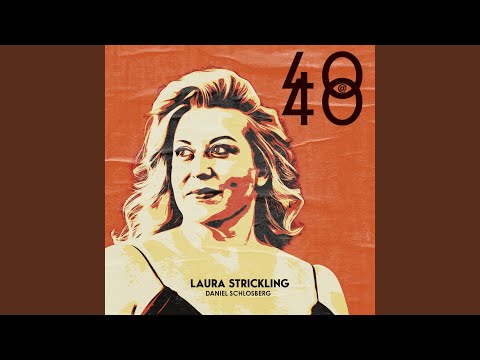Back when Twitter was still (somewhat) good, someone by the user name @Swaefastide posted a portrait of Lord Byron, in traditional Albanian costume, with the caption, “I will NEVER apologize for being a wildly successful alpha male,” lampooning the words of Trump-endorsed author Nick Adams. Non-Trump-endorsed author Ryan Ruby took the parody one step further, retweeting the original Byron post with the caption: “Shat himself to death in Missolonghi.”
April 19 marks 200 years since that moment. In Greece, fighting in the country’s war of independence, Byron wasn’t killed on the battlefield. Instead, he took a decidedly Byronic horseback ride through a torrential downpour and contracted a fever. The large amounts of bloodletting didn’t help his condition, and while an autopsy report from his death doesn’t reveal any other bodily fluids, I like the image that Ruby presents for its wider ramifications. “Byron’s death…was as fraught with contradictions as his life,” Corin Throsby writes in this week’s Times Literary Supplement, later adding: “Though an aristocrat, Byron had relatively humble beginnings before he inherited his title at the age of ten, and he championed underdog causes throughout his life. He lived a life of excess and courted endless public curiosity, but also had periods of abstemiousness and solitude. A steadfast and loving friend, he could be downright cruel in his romantic relationships. His friend Lady Blessington described his character as ‘chameleon-like,’ ever evading a neat description.”
In that spirit, this Lord Byron playlist captures the chameleon-like nature of the poet, from politics to self-indulgence to no sparing amount of Big Dick Energy.
Germaine Tailleferre: “Deux poèmes de Lord Byron” (1934)
Seven scant lines of text form Byron’s “Remembrance,” but each word packs a rueful, rancorous punch:
’Tis done!—I saw it in my dreams;
No more with Hope the future beams;
My days of happiness are few:
Chill’d by misfortune’s wintry blast,
My dawn of life is overcast;
Love Hope, and Joy, alike adieu!
Would I could add Remembrance too
It’s the shorter of two Byron poems that Les Six’s sole female member, Germaine Tailleferre, set in 1934; she matches the musicality of the words and the Romantic brooding of their undercurrents note-for-note.
Giuseppe Verdi: “I due Foscari” (1844)
After the success of “Nabucco,” Verdi was contemplating his next opera for Venice and considering a range of source texts. There was Alexandre Dumas père’s Catherine Howard, which would have been a strong prima donna vehicle on par with Verdi’s later work, “La traviata” (based on Dumas fils’s La dame aux camélias). But Verdi was also drawn to a less-likely piece: Byron’s The Two Foscari, a verse-play loosely based on the 15th-century downfall of the Foscari family when a false murder accusation against son Jacopo cannot be exonerated by his father and Venetian Doge, Francesco. “A Venetian story…would really grip a Venetian audience, and besides it’s full of passion and very easy to set to music,” Verdi wrote to the Teatro la Fenice’s Presidente agli Spettacoli, Count Alvise Mocenigo. “To me it’s a most telling subject and much more ‘simpatico’ than ‘Catherine.’”
However, Verdi came up against two challenges: First, La Fenice rejected “I due Foscari” as there were still members of the Foscari family in Venetian society. Verdi found a more receptive partner in the Teatro dell’Opera di Roma, but he was faced with another challenge: Byron’s story may have been full of passion, but it was also five acts of argument with fewer dramatic moments than linguistic fireworks. Enter librettist Francesco Maria Piave, who would go on to write some of Verdi’s most successful operas (including “Rigoletto” and “La traviata”), but who would first take on the challenge of making a drama-in-verse work as a fully autonomous theatrical performance.
“I notice that the play doesn’t quite have the theatrical grandeur needed for an opera, so rack your brains and try to find something to make a bang, especially in the first act,” Verdi writes to Piave, but also cautioning him to “stick closely to Byron.” Piave does that, and though there are moments of dramatic brilliance, they do feel at times contrived against the pace of the work. That said, it features many hallmarks of Verdi’s dramas—political strife, father-son relationships, state violence—and the score bears signs of the later works Verdi and Piave would create together.
Verdi: “Il corsaro” (1848)
Verdi and Piave worked together on another Byron adaptation, “The Corsair,” a work that cements the image of the Byronic Hero: The corsair Conrad is mysterious and manipulative, a reckless libertine whose flair for the cunning is a key asset in his arsenal of seduction methods. He’s a more interesting version of the Duke of Mantua, but stuck in an opera that doesn’t quite know what to do with itself (besides indulging in a bit of Byronic Orientalism).
Piave had more dramatic license with adapting a narrative poem into an operatic libretto, but the conventions of his and Verdi’s time dampen the squib of Byron’s original ending: Conrad, having returned home to find his wife, Medora, has died from grief in his absence, sails on, the lone hero against the currents of fate. Piave has Medora, believing Corrado will never come back, poison herself, which (“Trovatore”-like) takes hold just as he returns to her side. In response, he flings himself off the nearest cliff. In his biography of Verdi, Julian Budden notes that “Il corsaro” is traditionally ranked at the bottom of Verdi’s operas, adding that the composer seemed “to have written off ‘Il corsaro’ even before he began writing it. His Byronic phase had by then passed.” At around the same time he was finishing this obligation, he had a much more engaging project at hand, based on the work of another English poet: “Macbeth.”
Hector Berlioz: “Harold en Italie” (1834)
“There is a pleasure in the pathless woods, / There is a rapture on the lonely shore, / There is society where none intrudes, / By the deep Sea, and music in its roar,” writes Byron in the fourth Canto of his Divine Comedy-esque Childe Harold’s Pilgrimage. The lines come towards the end of the epic wanderings of a disabused child of the French Revolution and Napoleonic Wars (though the “childe” in the work’s name refers to the title of a candidate for knighthood).
Look no further than Hector Berlioz for the same world-weariness and disillusionment found in Byron’s would-be knight. Four years before writing “Harold en Italie,” he had premiered his own anthem to dissolution and disillusionment, “Symphonie fantastique,” a work that resonates with Byron’s Harold who thinks “too long and darkly, til my brain became / In its own eddy boiling and o’erwrought, / A whirling gulf of phantasy and flame.”
Berlioz’s symphony-concerto hybrid, composed for the Byronic virtuoso Niccolò Paganini (who had acquired a new viola), begins with a quiet pleasure in pathless woods and lonely shores, before moving back in time through an Italian odyssey that was as much autobiographical for Berlioz as it was for Byron. “My intention was to write a series of orchestral scenes, in which the solo viola would be involved as a more or less active participant while retaining its own character,” Berlioz later explained in his memoirs. “By placing it among the poetic memories formed from my wanderings in the Abruzzi, I wanted to make the viola a kind of melancholy dreamer in the manner of Byron’s Childe Harold.” The result is mesmeric, but it didn’t offer the virtuosic showmanship that Paganini had hoped for; he never played it.
The latest from VAN, delivered straight to your inbox
Franz Liszt: “Sardanapalo” (1845-52)
If any Romantic composer earned the title Byronic, it was Franz Liszt. A painting of the composer at his piano, surrounded by members of his circle—including Dumas Père, George Sand, Paganini, and Berlioz—by Josef Danhauser features a bust of Beethoven on the instrument and a portrait of Byron on the wall. (To say nothing of both artists’ prolific sex lives and influential daughters.)
While Liszt wasn’t naturally inclined towards opera as a compositional form, he had a few dalliances with the genre. The most ambitious was “Sardanapalo,” based on Byron’s verse drama Sardanapalus, which in turn dramatized the fall of the Assyrian empire. Byron poured his love of Greek tragedy into the work, and while he never intended it for live performance, its subsequent fodder as an opera libretto represents a sort of full-circle moment for the genre, with its roots in both Greek drama and the Middle East. Byron almost posthumously got his wish in the case of Liszt, who abandoned “Sardanapalo” after seven years. It was generally considered just a series of sketches until 2016, when musicologist David Trippett discovered that the score and libretto were far more cohesive than initially suspected. The opera received its (belated) world premiere in 2018.
Modest Mussorgsky: “Porazheniye Sennakheriba” (1867)
“The power of the black earth will manifest itself when you plow it to the very bottom,” Mussorgsky wrote to music critic Vladimir Stasov in 1872. “It is possible to plow the black earth with tools wrought of alien materials. And at the end of the 17th century they plowed Mother Russia with just such tools, so that she did not immediately realize what they were plowing with, and, like the black earth, she opened up and began to breathe.” That same year, he began writing “Khovanshchina.” It was almost 200 years exactly since the real-life events behind the opera’s plot—the failed 17th-century rebellion of Prince Ivan Khovansky and the rise of Peter the Great—and Mussorgksy wanted to bring the power of the black earth back for the occasion.
A few years earlier, Mussorgsky had set Byron’s “The Destruction of Sennacherib,” another historical parable that dressed up the Battle of Waterloo in the trappings of the ancient Assyrian siege of Jerusalem. He was already starting to experiment with the shadings of struggle and pathos that would make their way into the “Khovanshchina” choruses, and even with the translation into Russian, he maintains the cantering meter of Byron’s cavalry as the “Angel of Death spread his wings on the blast and breathed in the face of the foe as he passed.”
The one oddity of this work is the ending, which comes abruptly and “Sopranos”-esque. Mussorgsky seemingly gave up before reaching the black earth, but he was heading in the right direction.
Pyotr Ilyich Tchaikovsky: “Manfred” Symphony (1886)
Perhaps it was something in the black earth, but Russians had a particular affinity for Lord Byron. Even when Tchaikovsky wasn’t working directly with the poet’s source texts, he still was, in a way thanks to Pushkin, who one academic so vividly described as, in the “spiritual-odontological sense…brush[ing] his teeth à la Lord Byron.” I’m not here to get into dental play, but the point has some, well, teeth to it. Eugene Onegin is Russia’s answer to the Byronic hero. Even Pushkin’s drama-in-verse “Mazeppa,” which Tchaikovsky also set as an opera, had its own version of the same events penned by the Limping Devil.
Tchaikovsky’s most direct homage to Byron came in 1886 with the “Manfred” Symphony, set to another of Byron’s closet dramas—one that came out of the same late-night writing session that birthed Mary Shelley’s Frankenstein. The symphonic setting had already passed through a few hands: With a narrative sketched out by Stasov, it first wound up with Balakirev, who abandoned the project and offered it to Berlioz. Too old and sick to take on the program, it wound up with Tchaikovsky, who composed it between his Fourth and Fifth Symphonies. (Traces of each work can be found in “Manfred,” along with the more ghostly aspects of “Swan Lake.”)
Tchaikovsky wasn’t happy about the circumstance. “After some hesitation I have made up my mind to compose ‘Manfred,’ because I shall find no rest until I have redeemed my promise, so rashly given to Balakirev in the winter,” he wrote to Sergei Taneyev in 1885. “I do not know how it will turn out, but meantime I am very discontented.…When I write a programme symphony I always feel I am not paying in sterling coin, but in worthless paper money.” Still, the themes from Stasov’s sketch—a solitary voyage in exile and the futile longing for oblivion—must have resonated with the composer, even in spite of himself: “At times I myself become a Manfred,” he mused in a letter to Nadezhda von Meck just a few months after writing Taneyev.
Arnold Schoenberg: “Ode to Napoleon Buonaparte” (1944)
A few weeks after Pearl Harbor was bombed, Arnold Schoenberg received a commission from the League of Composers. Watching the horrors of the Third Reich unfold in Europe, and the United States finally (after years of isolationism) take up the fight, the Austrian-turned-Angeleno turned to Lord Byron for inspiration. “I knew it was the moral duty of intelligentsia to take a stand against tyranny,” he said of the composition’s focus.
Byron’s paean to Napoleon—or, more accurately, his paean to Napoleon’s abdication and exile in Elba—wastes no time in toppling tyrants. “Is this the man of thousand thrones / Who strewed our earth with hostile bones / And can he thus survive?” asks the first stanza. Schoenberg begins the work in media res, as if caught in the quagmire of autocracy, with string quartet grasping and gasping and the piano crashing, stumbling into the scene of history. A speaker, whom the composer insisted must have “the number of shades essential to express 170 kinds of derision, sarcasm, hatred, ridicule, contempt, condemnation, etc.,” has “Pierrot”-like moments of sprechstimme juxtaposed against a Byronic Big Dick Energy—note the moment that Schoenberg slips in the four-note theme of Beethoven’s Fifth Symphony when he gets to the line “the earthquake voice of victory.” It’s kinky and subversive; an object lesson in the universality of difficult times breeding furious art.
Felix Jarrar: “Sun of the Sleepless” (2020)
Commissioned as part of soprano Laura Strickling’s “40@40” project, Felix Jarrar’s “Sun of the Sleepless” is a melancholy rumination on “the light of other days / Which shines, but warms not with its powerless rays.” The gleam of the past Byron referred to was centuries beyond Jarrar’s own time but, having received the commission during the lockdown of 2020, the composer felt an affinity for the poet’s discontent with the present. (Didn’t we all?) Jarrar’s setting also mirrors Germaine Tailleferre’s “Remembrance,” but slows down the drive of Tailleferre’s piano to create more space for contemplation. The music never lags, but moves at a plodding pace, like watching the minutes creep by in the middle of a restless night. ¶
Subscribers keep VAN running!
VAN is proud to be an independent classical music magazine thanks to our subscribers. For just over 10 cents a day, you can enjoy unlimited access to over 875 articles in our archives—and get new ones delivered straight to your inbox each week.
Not ready to commit to a full year?
You can test-drive VAN for one month for the price of a coffee.

